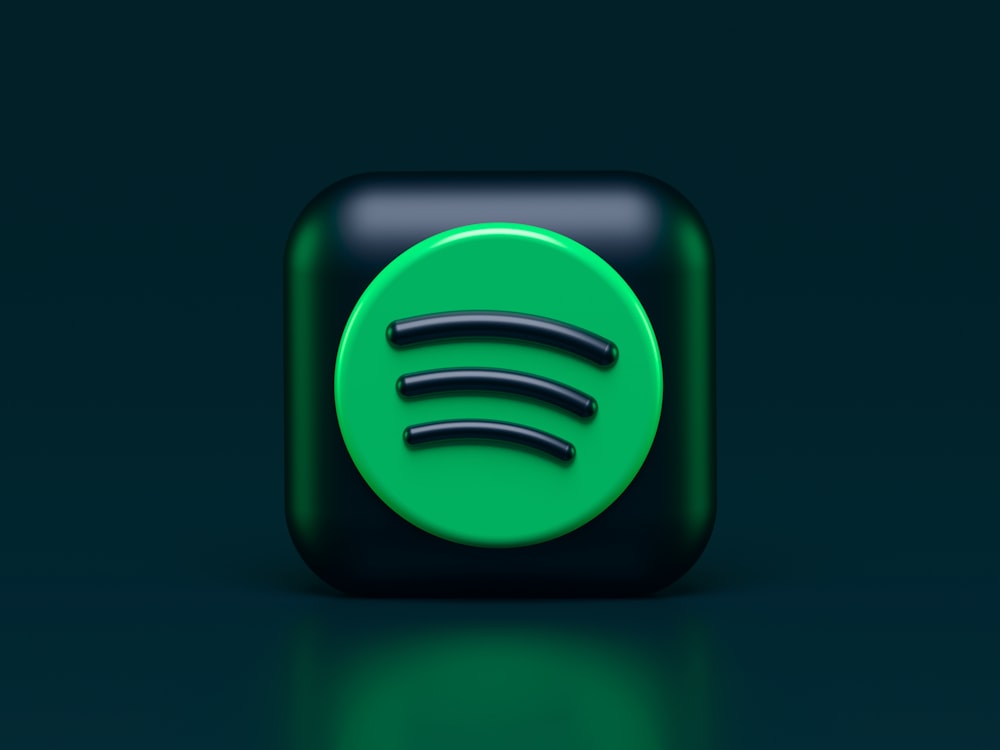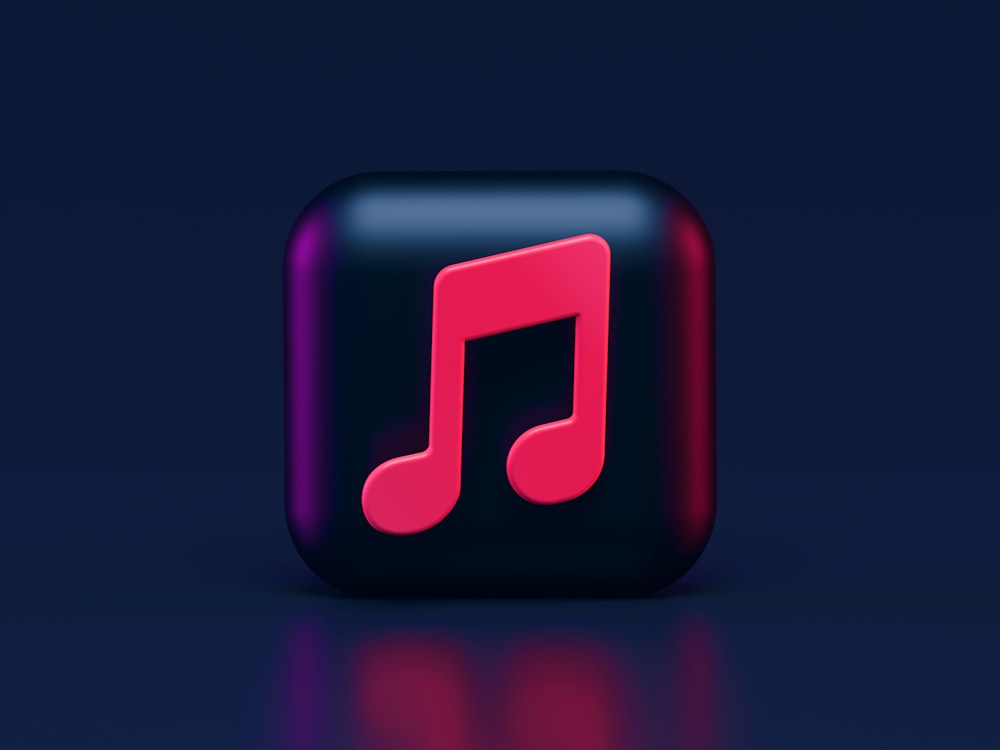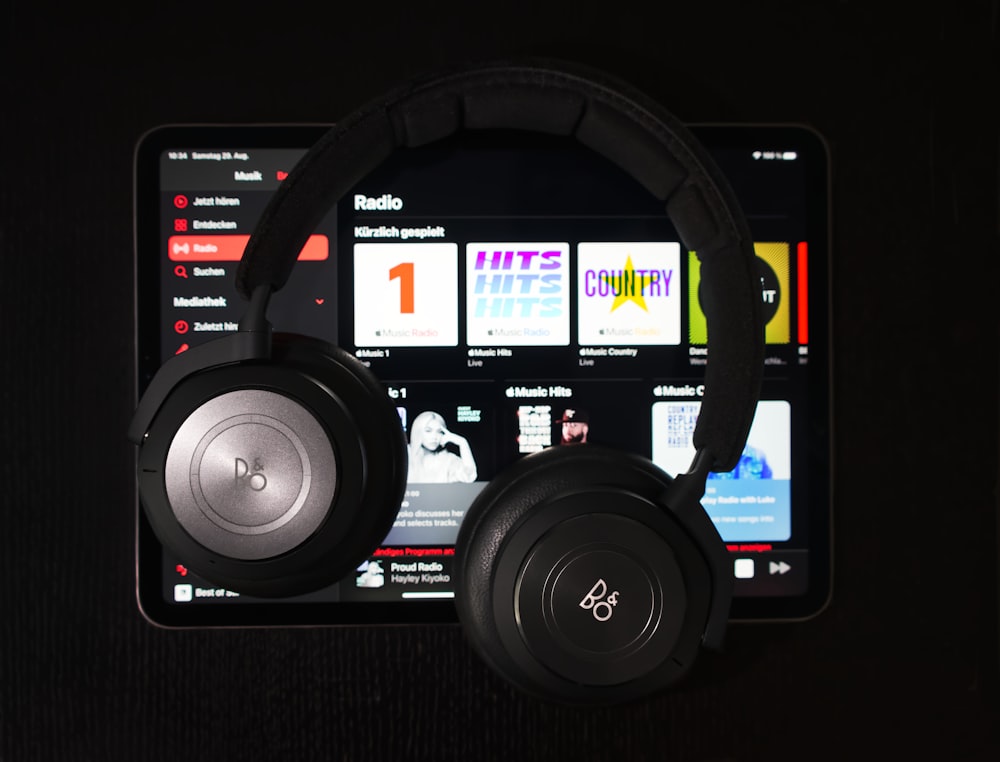Music streaming services have revolutionized how we consume music, offering unprecedented ease and accessibility. With the continued surge in digital technology, the industry has seen a significant shift in favor of these platforms. This article delves into the phenomenon of music streaming, its impact on the music industry, and the most popular music streaming services that are leading the charge.
The Evolution of Music Streaming
The inception of music streaming can be traced back to the early days of peer-to-peer file sharing platforms such as Napster and Limewire. However, these platforms faced legal battles with record labels over copyright infringement. The music industry was in dire need of a lawful, efficient, and profitable model for music distribution.
The Birth of Legal Music Streaming
The mid-2000s witnessed the birth of legal music streaming platforms, with Pandora and Spotify leading the pack. These platforms changed the music industry landscape by offering access to vast libraries of music in exchange for a modest subscription fee. The model proposed by these platforms was simple: instead of buying individual songs or albums, users could listen to any number of songs for a monthly fee.
The Dominance of Music Streaming
Fast forward to the present day, and music streaming has become the dominant mode of music consumption. According to recent industry statistics, streaming now accounts for a staggering 84% of total music industry revenue. This shift in consumption patterns is not just confined to the younger demographic; data indicates that even older generations are slowly but surely embracing music streaming.
The Market Leaders in Music Streaming
While numerous music streaming platforms have sprung up over the years, a few names have emerged as the market leaders in this space. Let’s delve into these platforms and what they bring to the table.
Spotify: The Undisputed Leader
Swedish streaming giant, Spotify, has been at the forefront of the music streaming revolution. With a whopping 30.5% share of the global music streaming market, Spotify is the preferred choice for music listeners worldwide. The platform boasts over 350 million users and 150 million subscribers, making it the most popular music streaming service in terms of subscribers.
Apple Music: A Formidable Contender
Apple Music, launched in 2015, has quickly emerged as a formidable contender in the music streaming arena. Although trailing behind Spotify in terms of overall users, it leads in some countries, marking its strong presence in the market.
Other Key Players
Other key players in the music streaming market include Amazon Music, YouTube Music, and Pandora. Amazon Music has managed to amass a significant userbase through Amazon Prime subscribers, with 55 million people using the service. YouTube Music, on the other hand, has a massive user base due to its integration with YouTube, the world’s most popular video sharing platform. Pandora, one of the oldest streaming platforms still in operation, is particularly popular in the US as an alternative to radio.
The Business of Music Streaming
The business of music streaming is a complex one, involving various revenue streams, licensing agreements, and business models.
Revenue Streams
Music streaming platforms primarily generate revenue through two main channels: subscription fees and advertising. Premium subscribers pay a monthly fee for an ad-free listening experience and additional features. However, many platforms also offer a free tier that includes advertisements.
The Licensing Landscape
Music streaming platforms must navigate a complex licensing landscape. They need to secure licenses from record labels, music publishers, and other rights holders to legally stream music. These licenses often involve paying royalties for each song streamed, which can eat into the platforms’ profits.
The Battle for Market Share
The music streaming market is fiercely competitive, with platforms constantly vying for market share. They employ various strategies to attract and retain users, such as exclusive content, personalized recommendations, superior user interfaces, and competitive pricing.
Comparative Analysis of Music Streaming Services
In the realm of digital music, several platforms stand out, each with unique features that cater to different user preferences. This comparative analysis delves into the intricacies of Spotify, Apple Music, Amazon Music, YouTube Music, and Pandora to help readers make informed decisions about their music streaming service of choice.
Spotify vs. Apple Music: User Experience and Music Discovery
Spotify is renowned for its user-friendly interface and exceptional music discovery algorithms. It offers curated playlists, such as “Discover Weekly” and “Release Radar,” which are tailored to individual musical tastes. These features, combined with the platform’s vast library, make it a haven for music lovers eager to find new songs and artists.
Conversely, Apple Music is known for its seamless integration with Apple’s ecosystem, providing a fluid experience for users of Apple devices. While it offers similar playlist curation, it also emphasizes human-curated playlists and Beats 1 radio, offering a more personalized touch. However, users not deeply embedded in the Apple ecosystem might find Spotify’s interface more intuitive.
Amazon Music and YouTube Music: Unique Value Propositions
Amazon Music leverages its integration with Amazon Prime to attract users, offering a significant discount for Prime members. This integration extends to the Echo smart speakers, allowing for an effortless voice-controlled music experience. While its music discovery features are not as robust as Spotify’s, it offers a solid catalog suitable for casual listeners.
YouTube Music stands out with its integration of official tracks, music videos, and user-generated content, offering a comprehensive music experience. Its unique selling point is the blend of audio and video, catering to users who enjoy music videos and live performances alongside their standard music listening.
Pandora: The Radio Pioneer
Pandora differs from its competitors by focusing on personalized internet radio stations rather than on-demand music. This service is ideal for users who prefer a more passive listening experience, allowing them to discover music through themed stations. While it may not offer the same level of specific song choice as other platforms, its Music Genome Project makes for highly personalized radio experiences.
Sound Quality and Subscription Models
When it comes to sound quality, Tidal stands out with its high-fidelity audio, appealing to audiophiles willing to pay a premium. However, for the majority of users, the standard sound quality offered by Spotify, Apple Music, and others is more than sufficient, with options to improve it based on individual needs and internet speeds.
The subscription models across these services are generally similar, with each offering a monthly fee for premium, ad-free experiences. However, they differ in family and student plans, free trial lengths, and bundle deals, such as Spotify’s partnership with Hulu and Showtime or Apple Music’s inclusion in the Apple One bundle.
Conclusion
Choosing the right music streaming service is a personal decision, influenced by factors such as music discovery preferences, device ecosystem, sound quality, and price. Spotify leads in music discovery and user interface, Apple Music shines in ecosystem integration, Amazon Music offers value for Prime members, YouTube Music caters to video lovers, and Pandora excels at radio-style listening.
Ultimately, the best service for you depends on your individual listening habits and what features you value most in a music streaming experience.
User Experience and Interface Comparison
The user experience and interface of a music streaming service can significantly impact how we discover, listen to, and enjoy music. In this section, we compare the interfaces and user experiences of Spotify, Apple Music, Amazon Music, YouTube Music, and Pandora to help users decide which service best suits their needs.
Spotify: Intuitive and Social
Spotify is celebrated for its clean, intuitive interface that makes navigating through vast music collections straightforward. The platform is organized into tabs such as Home, Search, and Your Library, which allow users to easily switch between discovering new tracks, searching for favorites, and accessing their personalized content. Spotify’s interface is also notably social; users can create, share, and explore playlists within a global community, enhancing the music discovery experience.
Apple Music: Sleek and Integrated
Apple Music boasts a sleek interface that integrates seamlessly with the broader Apple ecosystem, providing an intuitive experience for users of Apple devices. The service merges music streaming with users’ existing iTunes libraries, blurring the lines between streamed and owned content. Navigation is simple, with tabs for Library, For You, Browse, and Radio. ‘For You’ is Apple Music’s personalized section, offering curated playlists and recommendations based on user preferences.
Amazon Music: Functional and Accessible
Amazon Music offers a functional and straightforward interface, prioritizing accessibility and ease of use. The platform integrates well with other Amazon services, particularly appealing to Amazon Prime subscribers. Its layout is less flashy than its competitors, focusing more on functionality than aesthetics. This can be a plus for users who prefer a no-frills experience that still delivers quality music streaming.
YouTube Music: Video-Centric and Comprehensive
YouTube Music leverages the massive library of YouTube, combining official music, videos, and user-generated content. The interface is unique in that it allows users to switch between audio-only and music video modes seamlessly. This feature caters to users who value a visual component in their music experience. However, the interface can feel cluttered compared to more streamlined services, reflecting YouTube’s expansive but complex content ecosystem.
Pandora: Simplistic and Radio-Focused
Pandora takes a different approach, focusing on simplicity and ease of use, with an interface designed around personalized radio stations. The platform is less about direct music selection and more about discovering new music through its radio algorithm. The design is straightforward, with main controls for thumbs up or down to tailor the music to the user’s taste, making it ideal for listeners who prefer a more passive experience.
Each service offers distinct user experiences and interfaces that cater to different types of music listeners. Spotify and Apple Music lead in terms of navigation ease and personalization features, catering to active listeners who enjoy creating and exploring playlists. Amazon Music is best for those embedded in the Amazon ecosystem, prioritizing functionality and access over deep music discovery. YouTube Music stands out for users who prefer a visual element to their music experience, despite a busier interface. Lastly, Pandora is perfect for users who like a more hands-off listening experience, offering easy-to-use radio stations tailored to personal tastes.
When choosing a music streaming service, consider how the interface aligns with your listening habits and device preferences to enhance your overall music experience.
User Testimonials and Reviews
In the world of music streaming, user experiences can vary widely. Below are testimonials and reviews from users of Spotify, Apple Music, Amazon Music, YouTube Music, and Pandora. These reviews aim to provide a balanced view, reflecting common praises and criticisms.
Spotify: “The Social Music Powerhouse with a Few Flaws”
Jake, 28, praises, “Spotify’s Discover Weekly playlist has introduced me to so many new artists. The interface is intuitive, and sharing playlists with friends adds a great social aspect. However, I’ve noticed some of my favorite tracks often get removed without warning, likely due to licensing issues. Additionally, I find the free version’s ad frequency disruptively high.”
Mia, 33, criticizes, “While Spotify is fantastic for discovering new music, I’ve experienced issues with the app draining my phone battery quickly. Also, I feel the premium version is almost necessary to have a good experience, which is a downside.”
Apple Music: “Perfect for Apple Users, Less So for Others”
Samantha, 35, shares, “Integration with my iPhone and Mac is seamless, making Apple Music a convenient choice. However, the platform’s music discovery features fall short compared to Spotify. I also find the user interface a bit less intuitive.”
Brian, 40, mentions, “Apple Music’s integration with iTunes is great for managing my existing library, but the service feels overly geared towards pop and mainstream music. As someone with more eclectic tastes, I find this limiting.”
Amazon Music: “Great for Prime, Mediocre for Music Aficionados”
David, 42, comments, “As a Prime member, the added benefit of Amazon Music is undeniable. But it lacks the depth of catalog that Spotify offers, particularly in niche genres. The interface is straightforward, yet it feels a bit outdated.”
Lisa, 29, notes, “I tried Amazon Music because it came with Prime, but I was disappointed by the limited playlist curation and discovery features. It’s functional for background music, but not for exploring new sounds.”
YouTube Music: “A Mixed Bag of Videos and Music”
Lina, 25, explains, “The access to music videos and live performances is unmatched. However, navigating the app can be overwhelming, and the ad interruptions in the free version are too frequent. It feels like the app can’t decide if it’s a video platform or a music service.”
Eric, 34, reviews, “I love the vast selection of music and videos, but the user interface is cluttered and confusing. Also, finding actual music among all the video content can be frustrating. The audio quality doesn’t seem as consistent as on other platforms.”
Pandora: “Simple yet Limited”
Marcus, 37, states, “Pandora is my go-to for easy listening and discovering new songs in a radio format. However, the lack of on-demand listening is a significant drawback. The ads in the free version are also quite intrusive.”
Natalie, 45, criticizes, “I’ve used Pandora for years because of its simplicity, but I’ve found it hasn’t evolved much. The music selection feels repetitive after a while, and the sound quality doesn’t compare to other services like Tidal or Spotify.”
Comprehensive Review Conclusion
These extended testimonials offer a glimpse into the varied experiences of music streaming service users. Spotify is celebrated for its user-friendly design and music discovery, though some users report licensing issues and a disruptive ad model in its free version. Apple Music is favored for its ecosystem integration, yet some find its interface and discovery wanting. Amazon Music is convenient for Prime members but may lack in musical depth and user experience. YouTube Music offers an extensive array of videos and tracks but struggles with interface clutter and identity. Pandora, while praised for its simplicity, faces criticism for its limited on-demand options and evolving content. These insights underscore the importance of aligning a streaming service with personal preferences, device usage, and musical interests.
The Impact of Music Streaming
Music streaming has had a profound impact on the music industry, artists, and listeners.
For the Music Industry
For the music industry, the advent of streaming has been a mixed bag. On the one hand, it has opened up new revenue streams and expanded the global audience for music. On the other hand, it has disrupted traditional business models and led to reduced album sales.
For Artists
For artists, streaming has provided new opportunities for exposure and income. However, many argue that the royalties they receive from streaming are too low. This has led some artists to explore other revenue sources, such as live performances, merchandise sales, and direct fan engagement.
For Listeners
For listeners, music streaming has been a game-changer. It has given them access to a virtually limitless library of music at their fingertips, transforming the way they discover and enjoy music.
The Future of Music Streaming
The future of music streaming looks bright, with continued growth expected in the coming years. As technology advances and internet connectivity improves, more people around the world will have access to music streaming services.
Emerging Trends
Emerging trends in the music streaming landscape include the rise of high-resolution audio, the integration of social features, and the growth of podcasts. High-resolution audio offers superior sound quality, appealing to audiophiles and music enthusiasts. Social features, such as the ability to share playlists and follow friends, enhance the user experience by adding a social dimension to music listening. Podcasts have exploded in popularity in recent years, and many music streaming platforms are now offering podcasts alongside music.
The Challenges Ahead
Despite the promising outlook, music streaming platforms face several challenges. These include the ongoing debate over royalty payments, competition from other forms of entertainment, and the need to continually innovate to keep users engaged.
In conclusion, music streaming has revolutionized the way we consume music and shows no signs of slowing down. As we look to the future, it’s clear that the most popular music streaming services will continue to play a pivotal role in shaping the music industry landscape.
FAQ Section: Music Streaming Services
What is the most popular music streaming service?
Spotify is currently considered the most popular music streaming service.
What is the #1 music app?
Spotify is also regarded as the #1 music app due to its extensive user base and features.
Why is Spotify so popular?
Its popularity stems from comprehensive music discovery features, user-friendly interface, and vast music library.
What’s better, Spotify or Apple Music?
The choice depends on personal preferences; Spotify excels in music discovery, while Apple Music offers better integration with Apple devices.
Is Spotify or Amazon Music better?
The better choice between Spotify and Amazon Music depends on the user’s preferences and needs.
Why is Tidal better than Spotify?
Tidal offers higher audio quality, appealing to audiophiles, despite a smaller music catalog.
Should I get Apple Music instead of Spotify?
Depends on individual preferences, such as device ecosystem and music discovery features.
Is it worth switching to Apple Music from Spotify?
The decision should be based on features like device integration, music discovery, and personal library preferences.
Which one is cheaper, Apple Music or Spotify?
Pricing for individual plans is generally similar between Apple Music and Spotify.
Featured Image Credit: Photo by Marcela Laskoski; Unsplash – Thank you!
















